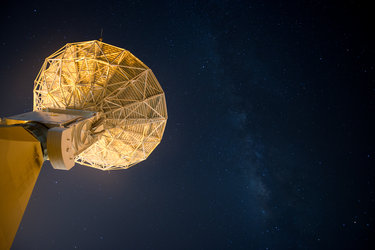NAVISP
ESA has initiated a new navigation research and technology programme called the Navigation Innovation and Support Programme (NAVISP).
NAVISP will boost Member State industrial competitiveness and innovation priorities in the upstream and downstream navigation sector and it will include investigating the integration of satellite navigation with non-space technologies and complementary positioning and communication techniques. NAVISP will apply ESA’s hard-won expertise from Galileo and EGNOS to new satellite navigation and, more widely, positioning, navigation and timing (PNT) challenges.
NAVISP is structured into three elements, with the first developing new space based PNT technologies and concepts, the second focused on industrial competitiveness and the third offering support to Member State national programmes and activities.
In a world where satellite-based positioning, navigation and timing services are key enablers – underpinning everything from automated drones to precision farming to electricity grids and financial networks – NAVISP will support novel ways of making these services more robust and reliable, and to facilitate the emergence of competitive European actors for the benefit of the European economy.
Available and planned satnav signals remain vulnerable to interference and jamming, as well as ionospheric disruption or even local variations in the environment – such as tall buildings, deep tunnels or thick vegetation.
Making PNT more robust will involve making use of local augmentation methods such as wifi maps or cell towers, hybridising receivers with other sensors, and combining signals from multiple satellite navigation constellations, as well as pursuing ‘protect, toughen, augment’ studies to stave off jamming. Novel receiver techniques and technology will also be explored, such as new data processing engines for heightened accuracy and tighter integration with other sensors.


